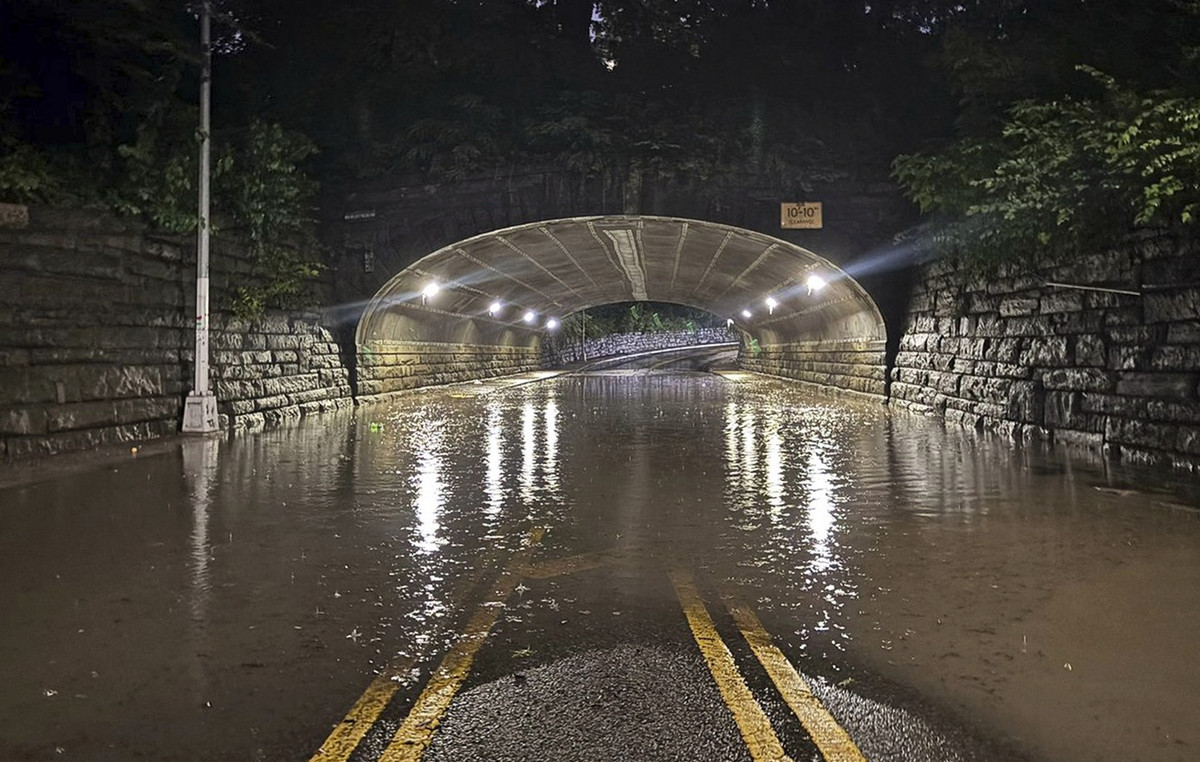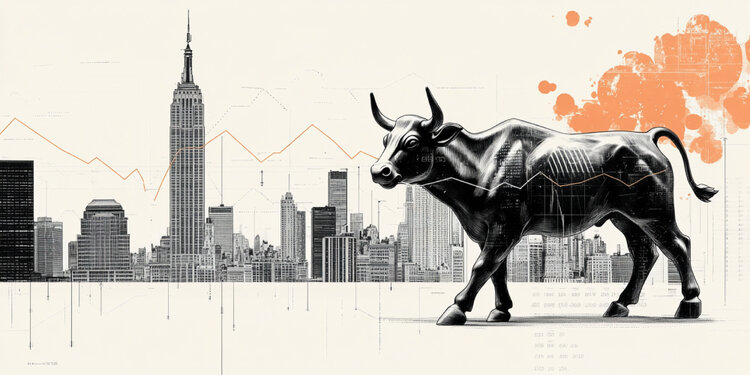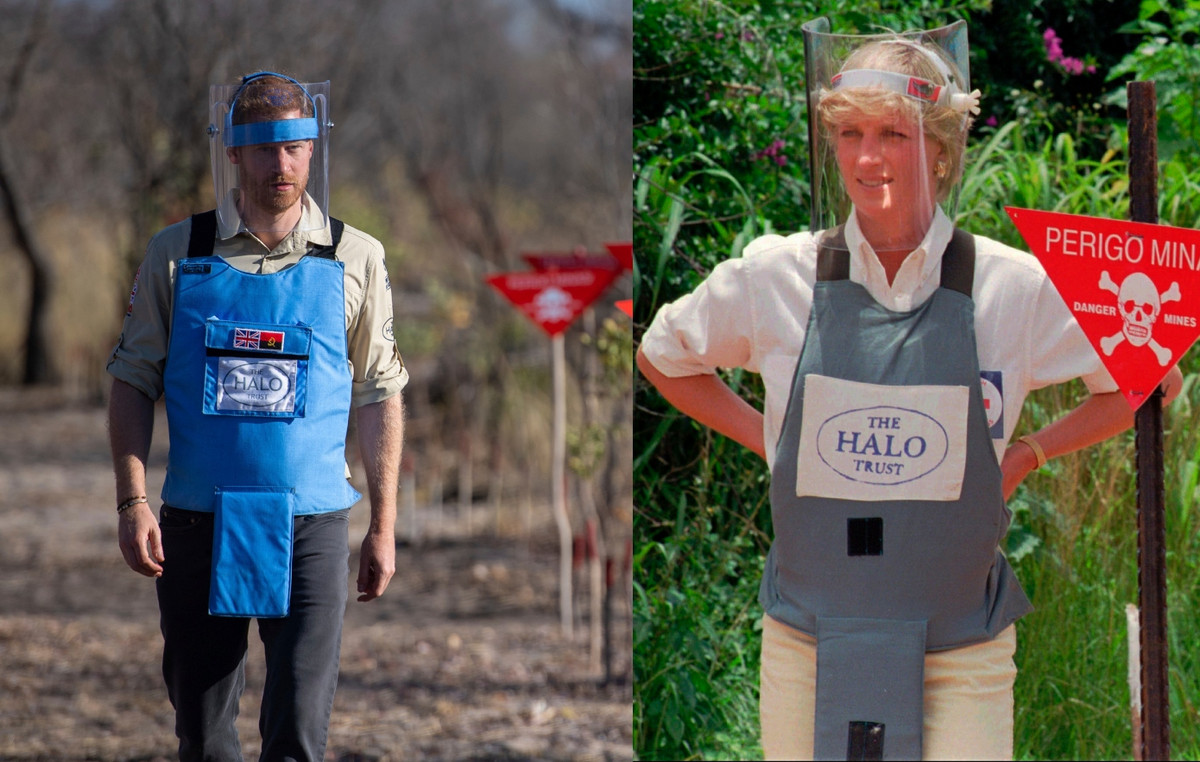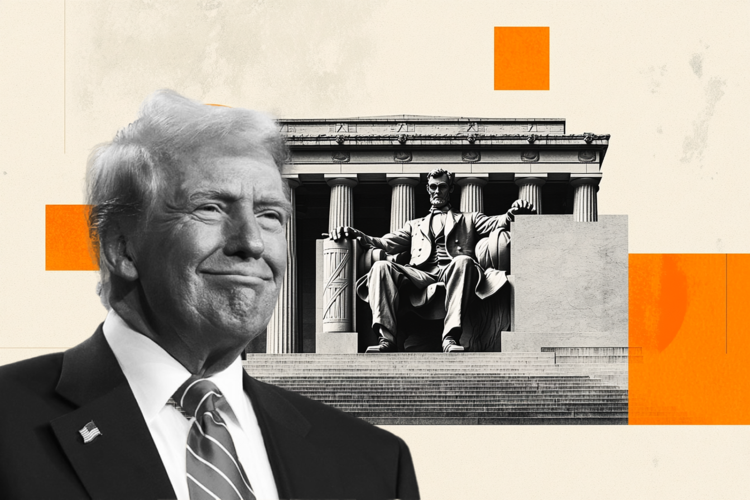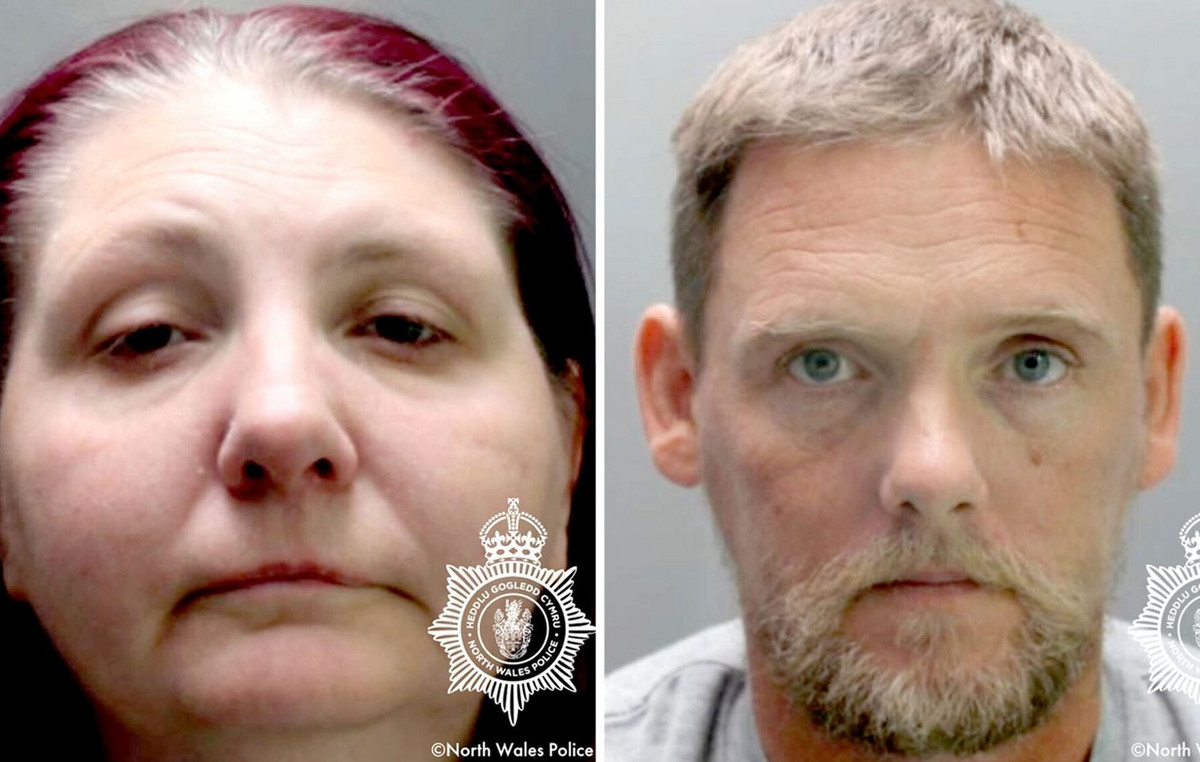Economists, CEOs, Wall Street and consumers are sounding the recession alarm.
Most agree that a recession could begin to take shape in the United States in the coming months. The question is what form it will take.
Recessions and recoveries come in shapes and sizes as varied as the alphabet. Perhaps that is why economists have come to name the different types of economic crises by letters.
But predicting which letter will match the situation is not as easy as ABC. And this impending recession is particularly tricky.
“Whether it’s Covid in Asia, what’s happening in Ukraine or what’s happening with energy, it’s one thing after another,” said Nick Tell, CEO of investment bank Armory Group.
The component of this possible slowdown that is different from others is “the psychological impact on the workforce because of Covid and the huge amount of subsidies that have been introduced into the economy,” Tell said.
The resulting labor shortage is something that has not been seen outside of a wartime recession.
“When you look at the number of job openings versus the number of unemployed individuals, we are certainly in uncharted territory here,” agreed David Lebovitz, global market strategist at JP Morgan Asset Management.
“I’ve never really seen it like this in my life.” But “components of what’s happening are throwbacks from past recessions,” Tell said.
So, if we are destined for a recession, what form will it take?
U shape
“I think we’re going to have a U-shaped recovery, which we haven’t seen in a long time,” Tell said.
A U-shaped recession signals a sharp decline, with a long difficulty at the bottom before recovery begins. These are painful recessions that last a year or two and are caused by several coincidental factors.
Stagflation, the oil crisis, and the 1973-75 Central Bank stop-and-go response caused a prolonged U-shaped recovery.
Simon Johnson, a former chief economist at the International Monetary Fund, likened this kind of recession to being stuck in a bathtub.
“You enter. You stay inside. The sides are slippery. You know, maybe there are some bumpy things on the bottom, but you haven’t been out of the tub for a long time,” he said.
The economy will need to slow down for a while before the workforce and unemployment return to normal levels, Tell said. When that finally happens, things will get back to normal, but it could take a few years.
V shape
A V-shaped recession is exactly what it sounds like: a sharp decline with a visible bottom and then a steep slope.
This kind of quick and complete recovery is considered the best-case scenario when it comes to recession. Sometimes the fall into recession is steeper than the rise towards recovery.
This often represents a recovery from recession based on one-time shocks such as the two-month Covid recession in 2020.
Lebovitz expects that if there is a recession, it will be V-shaped and only last a few quarters. “One of the things we always look for and try to assess is some sort of imbalance,” he said.
“There was an imbalance in stock valuations during the tech bubble and an imbalance in the housing sector in the run-up to the 2008 financial crisis. Looking at the economy today, we don’t see any significant imbalance that would lead to a serious downturn in the economy.”
The next recession, Lebovitz said, will be relatively mild.
Lebovitz recommends that investors stay the course for the next 12 to 18 months. “We don’t suggest selling when you’re already down 20%,” he said.
Still, investors should take this as an opportunity to rebalance their portfolios and ensure their broader basket is in order.
W shape
The dreaded double dip recession. This occurs when an economy goes from one recession to recovery and then falls back into another recession.
A W-shaped rally is particularly painful for investors who return to what they believe is a rallying market before plummeting back to the bottom.
In 1980, the economy experienced a short six-month recession and recovery, followed by a 16-month slowdown that stretched from mid-1981 to late 1982.
If the US Federal Reserve is not aggressive enough to raise interest rates, some analysts say, it could happen again.
L shape
An L-shaped or “hockey stick” recession is what economists want to avoid at all costs.
This means a slowdown in growth for a long time, and we often go from ‘R’ word territory to ‘D’ word territory: Depression.
This usually means that large numbers of workers remain unemployed for significant periods of time and that capital assets sit idle.
The Great Depression of the 1930s was ‘L’ shaped, and some economists argue that the Great Recession of the late 2000s was the same, it took six years after the crisis for GDP to return to 2007 levels.
Some have called this “barbecue recovery”: low and slow.
K shape
A K-shaped recovery is what happens when separate communities recover from economic crises at varying rates.
Some sectors of society may experience renewed growth, while others continue to lag behind.
These changes are often defined by industrial, wealth and geographic differences and are exacerbated by rising rates of income and wealth inequality.
While the recovery from the 2020 recession could be described as V-shaped, many point out that it was actually done on two fronts.
Low-income black and Hispanic families saw their savings deplete faster during the pandemic, for example.
Many who worked white-collar jobs quickly recovered from the 2020 recession, when the government doled out stimulus payments and stocks, and home prices soared.
Those without savings and working in service-related jobs continued to suffer.
Employees earning the lowest wages were the most likely to lose their jobs in nearly every sector of the economy between 2020 and 2021, according to Bureau of Labor Statistics data.
“Lower average wage establishments and lower wage workers have borne the brunt of the coronavirus pandemic-induced recession,” the Bureau of Labor Statistics economists wrote.
“Both the lowest-wage establishments and the lowest-wage workers saw the steepest initial declines in employment at the start of the recession and experienced the slower subsequent recovery in employment rates.”
Source: CNN Brasil
I am Sophia william, author of World Stock Market. I have a degree in journalism from the University of Missouri and I have worked as a reporter for several news websites. I have a passion for writing and informing people about the latest news and events happening in the world. I strive to be accurate and unbiased in my reporting, and I hope to provide readers with valuable information that they can use to make informed decisions.

